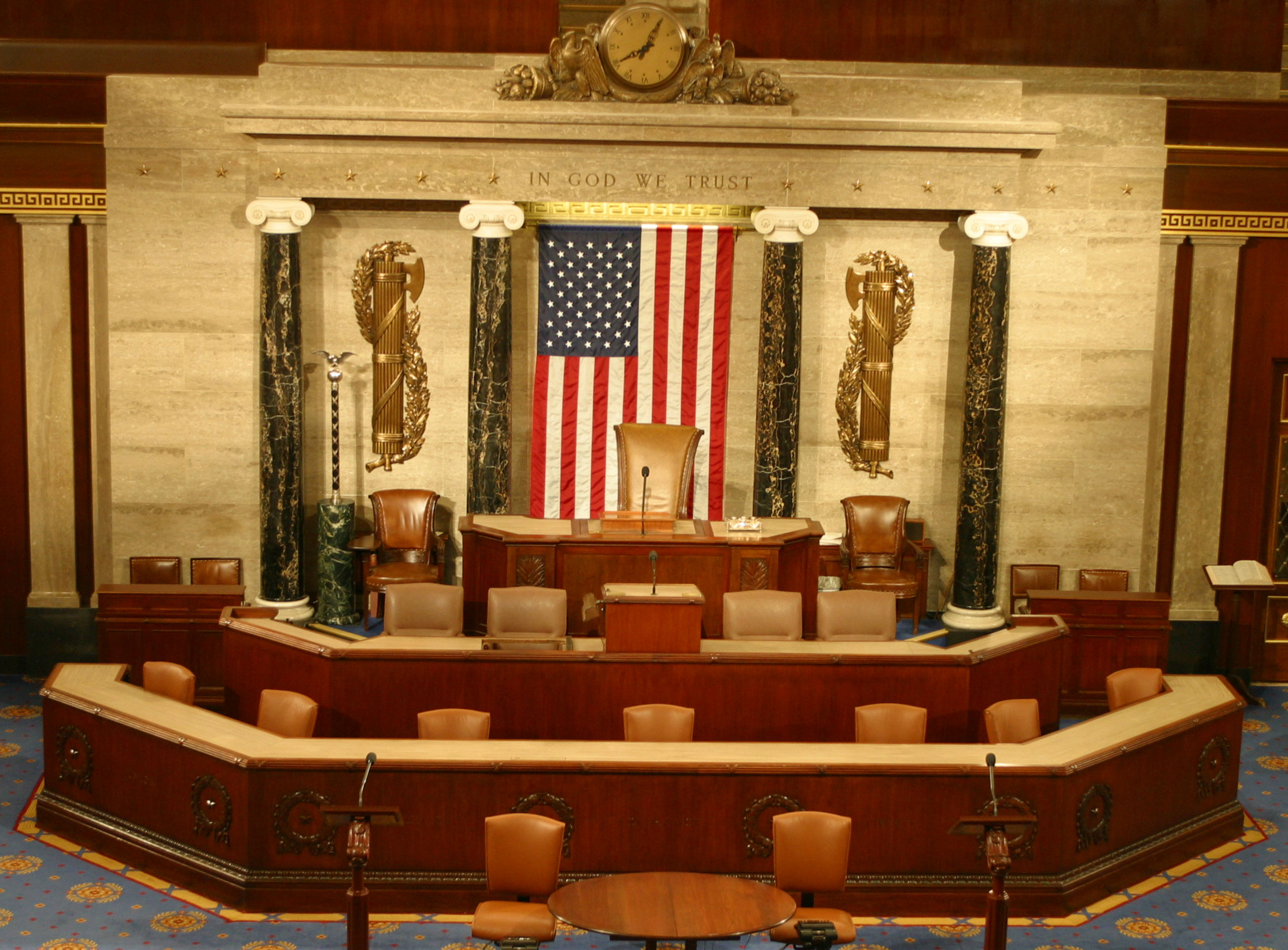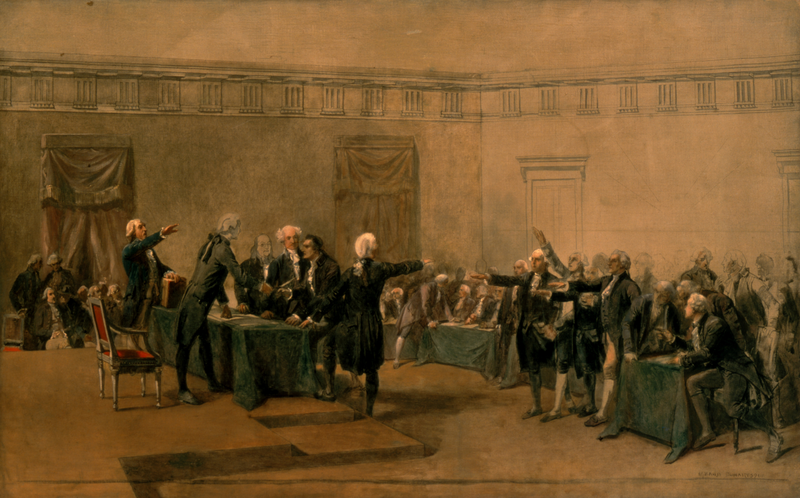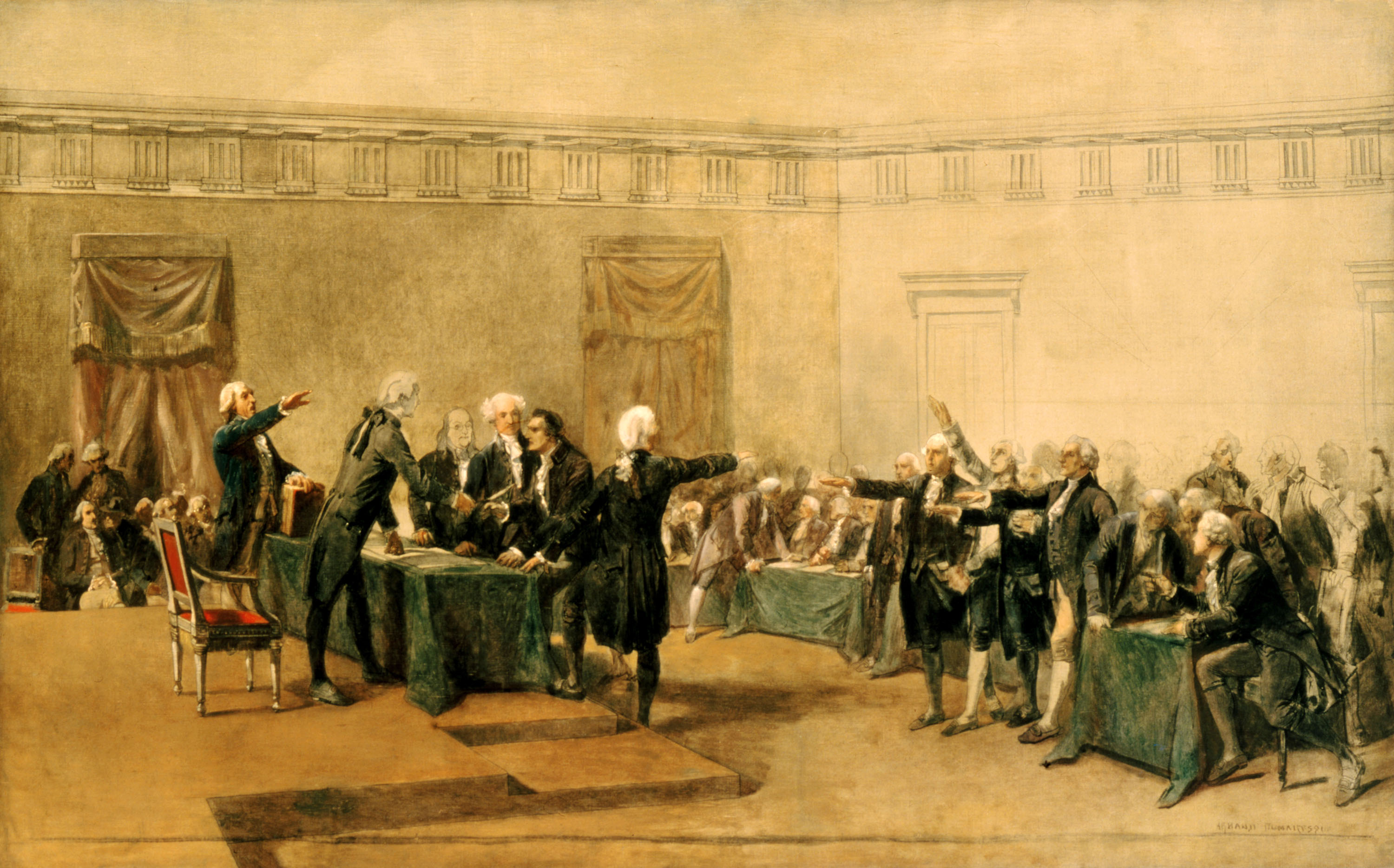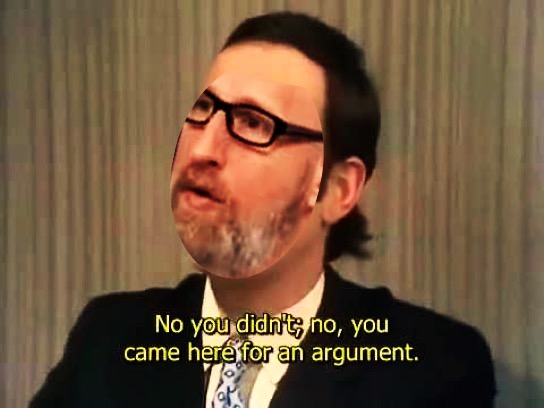Democracy and despotism in a digital age.
A Victory for Intellectual Diversity in South Dakota

South Dakota’s experience with intellectual diversity legislation is a case study for the nation.
During its 2019 session the South Dakota legislature passed H.B. 1087, a bill intended to promote intellectual diversity on the state’s six public university campuses. As signed by Gov. Kristi Noem, the bill accomplishes various goods. It ensures the right of controversial speakers to access campus space, protects the free speech rights of student groups, and sets up various reporting requirements intended to monitor intellectual diversity on campuses. An earlier version of the bill contained a curriculum requirement mandating that all South Dakota university students take at least one course in American History and one course in American Government. (Sadly, this provision was stricken from the final bill.)
Unsurprisingly, the state’s Board of Regents, the body that governs the six institutions, opposed the bill. Defense of the status quo and bureaucratic independence from political control typify the Board’s activity. The claims made by the Board included complaints about unfunded mandates and overly vague language regarding what counts as speech. While I would contend that these were weak arguments, the Board’s opposition was nearly successful. H.B. 1087 looked to be going down in defeat when near the end of session a group at the University of South Dakota sponsored a Hawaiian Day festivity as a way of breaking South Dakota’s winter monotony. University bureaucrats, though, determined “Hawaiian Day” potentially offensive, leading to the renaming of the event as “Beach Day.”
This bureaucratic silliness rekindled legislative debate and put wind in the sails of H.B. 1087’s supporters, as one of their complaints had been the metastasizing of university “diversity” bureaucracy. The bill ultimately passed. The state then held hearings in June of 2019 to gain input on how to implement some of the law’s provisions. I was pleased to work with Heterodox Academy in offering some suggestions. As of this writing, compliance is largely through reporting requirements on any infractions against free speech and cataloging outside speakers who come to campus.
A Stacked Deck
South Dakota’s experience with intellectual diversity legislation is a case study for the nation. We are in a position similar to those of many other states. South Dakota is a deep “red” state. Its entire congressional delegation (one House member, two Senators) is Republican. Republicans dominate the state legislature, outnumbering Democrats by a six to one margin. There has not been a Democratic governor since the 1970s, and the last time the state voted Democrat for president was the Lyndon Johnson landslide of 1964.
Yet, as is the case in the rest of the country, the universities are deeply “blue.” While it is fair to say that the worst of campus radicalism has not hit South Dakota, still the academic left is far overrepresented at the state’s institutions of higher education. A recent report from the National Association of Scholars notes that at the state’s two largest institutions of higher education, the University of South Dakota and South Dakota State University, the ratio of Democrat to Republican registration among faculty is about 5:1 and 3:1 respectively.
While party registration is an imperfect measure of faculty ideology, and South Dakota fares better than the national average (about 8:1), this is still far from parity. And the figures do not get to the power of administration and “diversity” bureaucracy to skew the university’s agenda. One is left wondering why the state’s conservative majority should shovel millions of taxpayer dollars to institutions that hold the majority’s beliefs in contempt.
South Dakota’s legislature, then, is to be commended for taking a proactive rather than reactive response to campus radicalism. H.B. 1087 was meant to be a prophylactic, not a corrective. While it is a shame that legislative action is required on these matters, the lack of intellectual diversity comes from within higher education, so it is hard to believe that the solution will also come from within. South Dakota is a microcosm of issues that have arisen all over the country, often in more serious form. Note the power of “diversity” staff, especially those on the student affairs side of the university.
One also cannot discount the nefarious influence of accrediting bodies. The Higher Learning Commission chided the University of South Dakota for its lack of attention to “diversity.” This accrediting wrist-slap explains in part the rise of “diversity” infrastructure within the state. Of course, for HLC “diversity” means everything but intellectual diversity. As in university assessment and accreditation, the way to appease complaints is to create offices with budgets and staff to show you are “addressing the problem.” The federally protected cartel which is university accreditation gives enormous power to these unaccountable bureaucratic forces that, like most of higher education, have drunk deeply from the draught of identity and diversity politics. The growing power of “diversity” officers has not been lost on the South Dakota legislature.
The original instincts of H.B. 1087’s sponsors were sound. The way to increase intellectual diversity is primarily through the curriculum, although the other provisions of the bill are laudable. I testified in favor of H.B. 1087 in front of the House Education committee, obviously speaking only for myself. There I noted that over the last two decades the state university system has gone through various curricular reforms, virtually all of them dumbing down the curriculum. For example, Western Civilization, once required of all students, is now simply one of a smorgasbord of courses that fulfill a humanities requirement. At this point, most South Dakota university students can graduate without taking a single course in history, government, economics, philosophy, or literature.
True Learning
To be sure, most students actually take courses in one or more of these fields. But this is by happy accident. We do not praise the blind man for inadvertently choosing the right road. Also, given recent changes to K-12 curriculum, the last time the State of South Dakota requires its students to take a history course on the American Founding is in the eighth grade when, as a friend notes, students are not far beyond the “draw a turkey with your hand” stage. So one can graduate from a South Dakota high school and then a South Dakota university without taking a single American history course beyond the age of twelve. We will call this person “educated” and then wonder why our populace is so civically illiterate.
The response to H.B. 1087 by South Dakota education bureaucrats has been to slow-walk compliance. It is an ill-concealed strategy by the Board of Regents and member schools to do as little as possible, trusting that other matters will inevitably distract our part-time legislature. The permanent executive branch generally exerts little control over the Board of Regents, which is nominally responsible to the governor but in practice tends to operate as an independent agency. Without pressure, it is difficult to see the system and individual institutions who opposed H.B. 1087 complying in anything but the most perfunctory manner.
One notes that of the six public four-year institutions in the state, only one (Dakota State University) names academic freedom or intellectual diversity as part of its mission. Only one (University of South Dakota) expresses a commitment to liberal education. It is a fair summary of the six university mission statements that vague references to “diversity” and “inclusion” dominate over any idea of academic excellence, preserving our civilization’s heritage, or placing intellectual diversity at the heart of the academic experience.
Those who wish for more ideological diversity on campus and a defense of the study of Western Civilization should avoid the temptation to bean counting. The point is not how many speakers hold what views or the ratio of right-leaning faculty to left-leaning faculty, although we could improve on these matters. The goal is to create a place where those who wish to challenge academia’s left-wing orthodoxies can do with without fear of repercussion.
The Campus Expression Survey created by Heterodox Academy may be useful to this end. As NAS suggested in its own recommendations to South Dakota, intellectual diversity and “diversity offices” are often at odds. This may require minimizing if not eliminating offices and academic departments whose very reason for existence is ideological. In addition, students who wish to study the foundations of their civilization in a traditional manner need to have a place where they can do so.
This might mean curricular adjustments, namely requiring rather than suggesting certain fundamental courses. Universities can create centers like the Kinder Institute at University of Missouri, the Center for Freedom and Western Civilization at Colgate, the School for Civic and Economic Thought and Leadership at Arizona State, or the Center for American Founding Principles at Mercer. These are safe havens, so to speak, where students, parents, and funders (including legislatures) can be assured that the Western and American tradition is studied free of the ideological biases that dominate higher education.
South Dakota is in the process of implementing its legislation. In doing so, it just may set a model for the nation. But this will only happen if those who care about these matters remain vigilant.
The American Mind presents a range of perspectives. Views are writers’ own and do not necessarily represent those of The Claremont Institute.
The American Mind is a publication of the Claremont Institute, a non-profit 501(c)(3) organization, dedicated to restoring the principles of the American Founding to their rightful, preeminent authority in our national life. Interested in supporting our work? Gifts to the Claremont Institute are tax-deductible.






